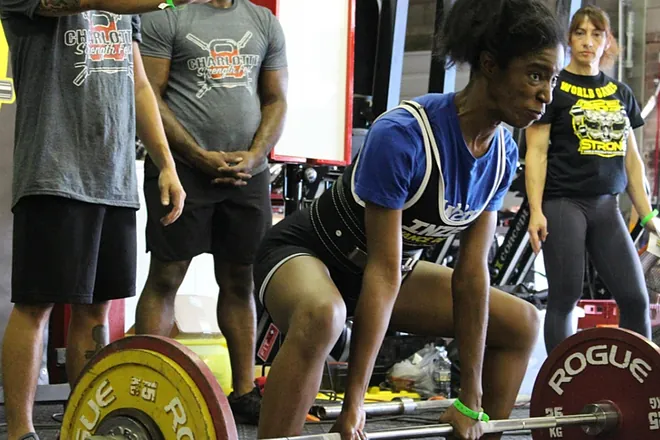After a long, stressful week at work, your body and mind can feel drained, stiff, and tense. Sedentary routines, long hours at a desk, or prolonged standing can lead to accumulated fatigue, affecting both physical performance and mental well-being.
Fortunately, exercises to combat work fatigue can restore energy, improve circulation, and boost mood without requiring hours at the gym. Even 15 minutes a day can help you feel lighter, more flexible, and more focused.

Why Doing Exercises to Combat Work Fatigue is Essential
Exercise is more than just a fitness routine—it’s a recovery tool. Implementing post-work recovery exercises helps:
- Increase circulation: Oxygen reaches muscles and the brain efficiently.
- Release endorphins: Reduces stress and improves mood naturally.
- Relieve muscle tension: Counteracts stiffness from sitting or standing.
- Boost mental clarity: Prepares you for the next week with a refreshed mind.
The secret is balance, combining aerobic movement, strength exercises, and stretching to activate the body without overexertion.
Types of Exercises to Combat Work Fatigue
1. Low- to Moderate-Intensity Aerobic Exercise
Low-intensity cardio is perfect for post-work recovery. These activities promote oxygen flow, burn calories, and help your mind unwind:
| Exercise | Duration | Benefits |
|---|---|---|
| Brisk walking | 10–20 min | Improves circulation, clears mind |
| Gentle cycling | 15 min | Low impact, strengthens legs |
| Light jogging | 10–15 min | Boosts stamina, releases endorphins |
| Swimming | 15–20 min | Full-body workout, reduces joint stress |
Tips: Start slow and maintain a pace that feels comfortable. Aim for at least 3–4 sessions per week.
2. Strength Training for Work-Stressed Muscles
Sitting or standing for long periods can make muscles feel weak or stiff. Strength training exercises re-activate key muscle groups and improve posture:
| Exercise | Target Area | How to Do It |
|---|---|---|
| Squats | Thighs, glutes, lower back | Feet shoulder-width apart, bend knees, keep back straight |
| Lunges | Legs, hips | Step forward, bend knees at 90°, alternate legs |
| Push-ups | Chest, arms, shoulders | Hands under shoulders, lower body, keep core tight |
| Planks | Core, spine | Hold a straight-line position, tighten abs and glutes |
Pro tip: Start with 1–2 sets of 10–15 reps, gradually increasing intensity to avoid overexertion.
3. Stretching to Release Tension
Stretching is a simple but powerful way to combat stiffness and improve flexibility after a workweek. Incorporate stretches targeting areas most affected by desk work:
- Neck and shoulder stretches: Roll shoulders backward, tilt neck side to side.
- Hamstring stretch: Sit on the floor, reach for your toes.
- Hip flexor stretch: Step into a lunge, push hips forward gently.
- Cat-Cow stretch: Flex and extend your spine while on hands and knees.
Even 5–10 minutes per day can significantly improve mobility and release tension.
Incorporating Active Habits During the Workday
Beyond structured exercise, small daily movements help prevent fatigue before it builds up:
- Take short walks to refill water or use the restroom.
- Opt for stairs instead of elevators.
- Stretch legs, shoulders, and neck at your desk.
- Stand during phone calls or meetings.
Consistency beats intensity. Regular mini-breaks keep circulation active and prevent stiffness from accumulating.
Sample 15-Minute Post-Work Routine to Combat Fatigue
Here’s a ready-to-follow routine combining aerobic, strength, and stretching exercises for after work:
| Time | Exercise | Notes |
|---|---|---|
| 3 min | Brisk walking in place or around the room | Warm-up circulation |
| 3 min | Squats | 1–2 sets of 12 reps |
| 2 min | Lunges | Alternate legs |
| 2 min | Push-ups | Modify on knees if needed |
| 2 min | Plank | Hold with correct form |
| 3 min | Stretching | Neck, shoulders, hamstrings, hips |
This routine activates the body, relieves tension, and boosts mood—all in just 15 minutes.
Tips for Sustainable Post-Work Recovery Exercises
To make exercises to combat work fatigue part of your lifestyle:
- Start small: Short sessions are easier to maintain.
- Listen to your body: Adjust intensity based on how you feel.
- Combine routines: Aerobic + strength + stretching for full recovery.
- Focus on consistency: Daily movement outweighs occasional intense workouts.
- Track improvements: Monitor energy, flexibility, and mood.
Remember, the goal isn’t to overexert but to create sustainable habits that improve long-term health and energy.
Key Takeaways
With just 15–20 minutes a day, you can reclaim your energy, boost circulation, and reduce stress after a tough week at work.






